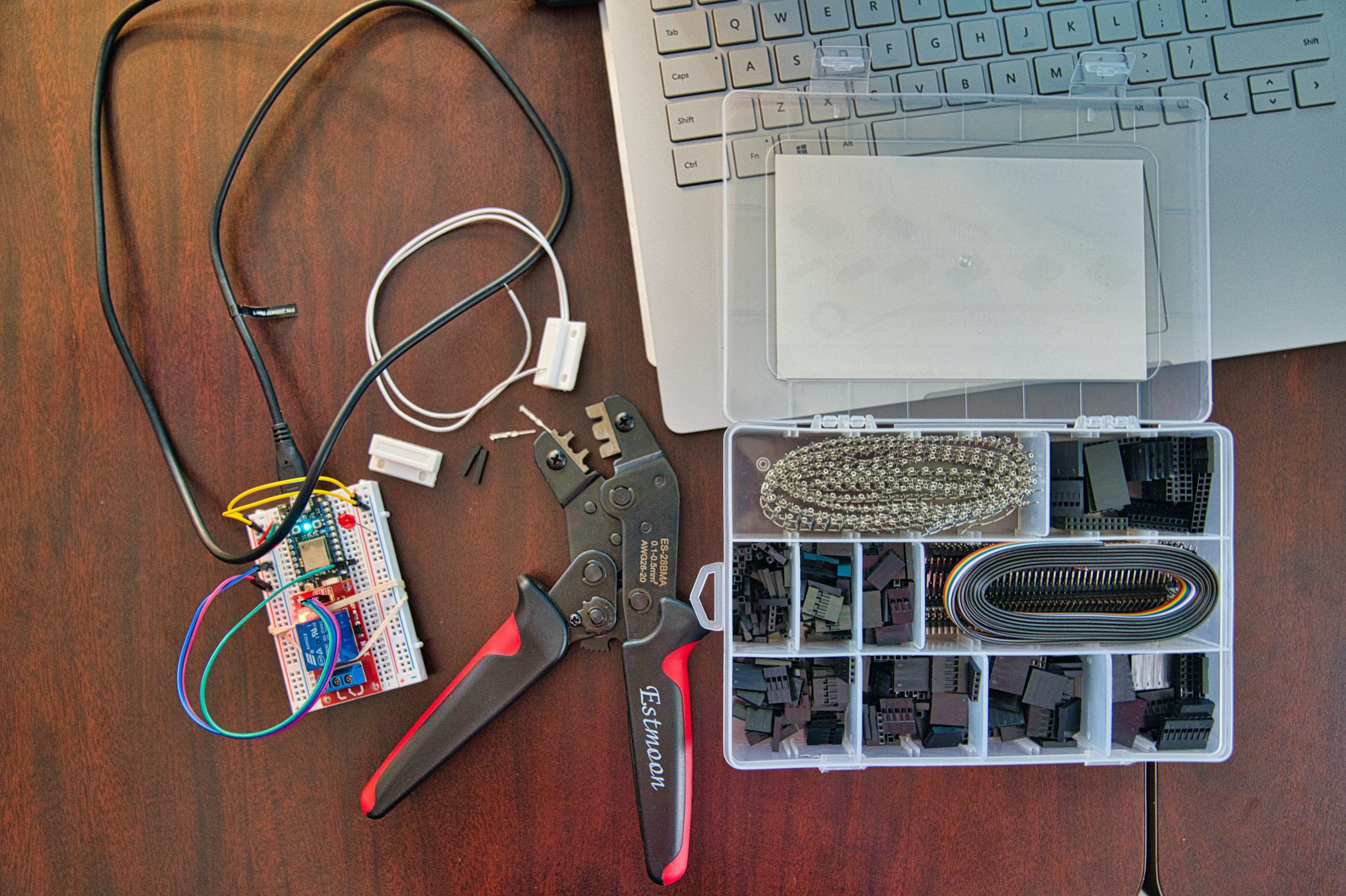Introduction
In today’s rapidly evolving technological landscape, the Internet of Things (IoT) has become a buzzword that is hard to ignore. From smart homes and wearables to industrial automation systems, IoT is revolutionizing the way we interact with technology. However, one industry that stands to benefit greatly from this wave of innovation is telecommunications. By integrating IoT into their operations, telcos can unlock new opportunities for growth and create more value for customers. But as with any emerging technology, there are also challenges that must be addressed along the way. In this post, we’ll explore both sides of the coin and examine how IoT integration can impact telecom companies in meaningful ways.
The Benefits of IoT in Telecom
IoT has been a major game-changer for the telecom sector, enabling operators to offer new and innovative services to their customers. Some of the main benefits of IoT in telecom include:
1. Improved Customer Experience: Telecom operators can use IoT data to gain insights into customer behavior and preferences, which can be used to improve the customer experience. For example, data collected from customer’s usage of a mobile app can be used to identify areas where the user experience can be improved.
2. New Revenue Opportunities: IoT data can be used to generate new revenue streams for telecom operators. For example, data on customer location and usage patterns can be sold to third parties such as advertisers or businesses looking to target specific demographics.
3. Cost Savings: IoT can help telecom operators reduce their operating costs by automating various processes and tasks. For instance, automatic meter reading helps reduce the need for manual meter readings, while network optimization tools can help reduce energy consumption by optimizing network settings.
4. Enhanced Security: IoT data can be used to improve security for both telecom operators and their customers. For example, data on customer location and usage patterns can be used to detect suspicious activity or fraud, while real-time monitoring of network infrastructure can help prevent outages or system breaches.
The Challenges of IoT in Telecom
The IoT brings a lot of potential to the telecom sector, but it also comes with a unique set of challenges. One of the biggest challenges is the sheer scale of the IoT. There are billions of devices already connected to the internet, and that number is only going to continue to grow. This creates a big challenge for telecom providers in terms of managing all of these devices and ensuring that they are all connected properly.
Another challenge is security. With so many devices connected to the internet, there are more opportunities for hackers to gain access to sensitive data. Telecom providers need to ensure that their networks are secure and that their customers’ data is safe.
Finally, there is the issue of cost. The infrastructure required to support the IoT can be expensive, and telecom providers need to find a way to recoup those costs without passing them on to consumers.
How to Overcome the Challenges of IoT in Telecom
The Internet of Things (IoT) presents a number of challenges for the telecom sector. The sheer number of devices that will be connected to the internet and the data they will generate is staggering. In addition, many of these devices are expected to be always-on and always-connected, which presents a challenge for telecom networks that are not built to handle this level of traffic. To overcome these challenges, telecom providers need to invest in infrastructure upgrades and adopt new technologies such as network virtualization.
Conclusion
It is evident that there are numerous benefits and challenges associated with integrating IoT into telecommunications. However, the potential offered by this technology cannot be overlooked. Its ability to improve communication infrastructure and bring new efficiencies to existing telecom services, while also providing users with a better experience, make it an attractive option for many businesses. With increasingly advanced solutions emerging all the time, it is clear that the dawn of a fully connected world powered by 5G networks and IoTs is upon us – one which promises great rewards if we can successfully navigate these technical waters.




